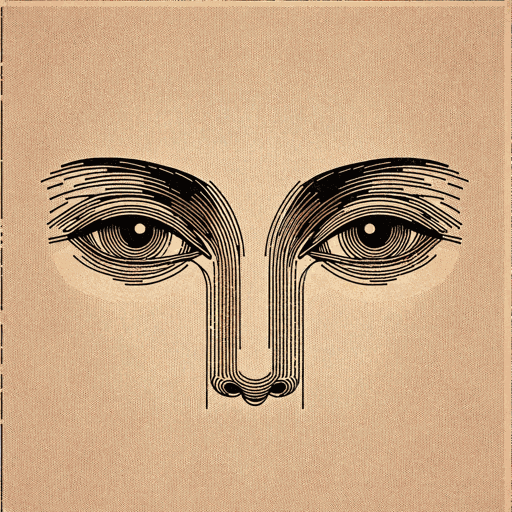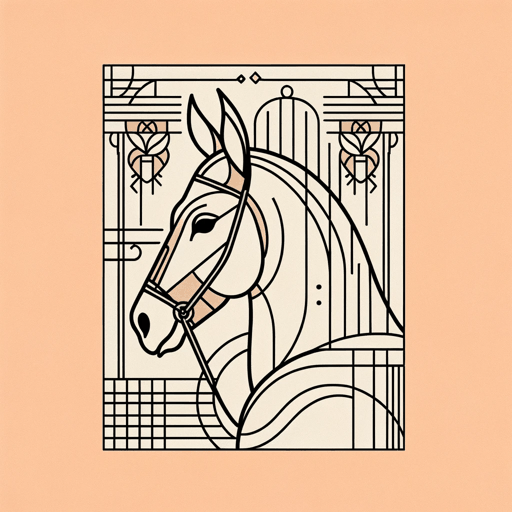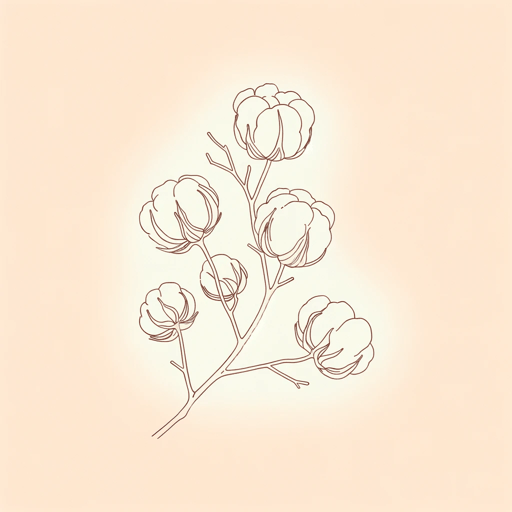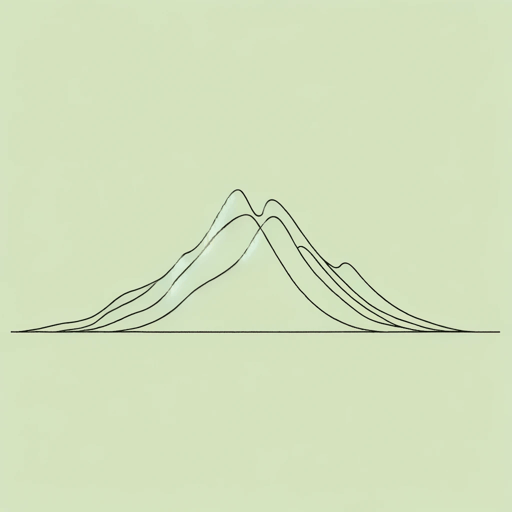50 pages • 1 hour read
Langston HughesThe Negro Artist and the Racial Mountain
Nonfiction | Essay / Speech | Adult | Published in 1926A modern alternative to SparkNotes and CliffsNotes, SuperSummary offers high-quality Study Guides with detailed chapter summaries and analysis of major themes, characters, and more. For select classroom titles, we also provide Teaching Guides with discussion and quiz questions to prompt student engagement.
Essay AnalysisStory Analysis
Analysis: “The Negro Artist and the Racial Mountain”
As the title suggests, Langston Hughes’s essay “The Negro Artist and the Racial Mountain” focuses on the experience of Black artists in the United States and their difficulties producing authentic creative work. Hughes alternately condemns Black artists who attempt to assimilate toward Whiteness and suggests that Black identity itself has significant material that could be used to create art that is “truly racial” (Paragraph 9). Hughes’s use of the term “racial” throughout the essay indicates his belief in the potential of art that is authentically, proudly Black.
In order to construct his arguments, Hughes involves descriptions of Black artists and his own philosophical musings on the larger landscape of US creativity. These two parallel notions make up the larger metaphor of the racial mountain: the fact that the Black artist “receive[s] almost no encouragement for his work from either white or colored people” (Paragraph 7). In other words, society does not encourage Black artists, whether they produce genuine, self-loving work or pieces that attempt to please a White audience; the absence of support is the metaphorical racial mountain up which Black artists must climb.
Hughes asserts that the Black artist must be “free to choose what he does… [and] also never be afraid to do what he might choose” (Paragraph 13).
Related Titles
By Langston Hughes

Children’s Rhymes
Langston Hughes

Cora Unashamed
Langston Hughes

Dreams
Langston Hughes

Harlem
Langston Hughes

I look at the world
Langston Hughes

I, Too
Langston Hughes

Let America Be America Again
Langston Hughes

Me and the Mule
Langston Hughes

Mother to Son
Langston Hughes

Mulatto
Langston Hughes

Mule Bone: A Comedy of Negro Life
Langston Hughes, Zora Neale Hurston

Not Without Laughter
Langston Hughes

Slave on the Block
Langston Hughes

Thank You, M'am
Langston Hughes

The Big Sea
Langston Hughes

Theme for English B
Langston Hughes

The Negro Speaks of Rivers
Langston Hughes

The Ways of White Folks
Langston Hughes

The Weary Blues
Langston Hughes

Tired
Langston Hughes
Featured Collections
A Black Lives Matter Reading List
View Collection
African American Literature
View Collection
Art
View Collection
Black History Month Reads
View Collection
Books About Art
View Collection
Creative Nonfiction
View Collection
Harlem Renaissance
View Collection
Pride & Shame
View Collection

